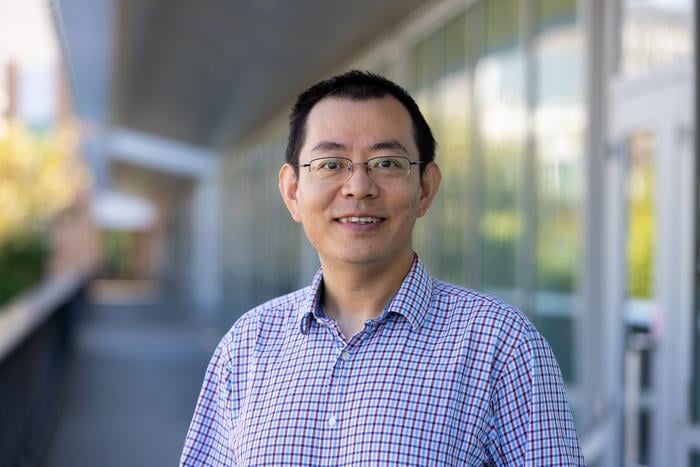As the U.S. Environmental Protection Agency (EPA) cracks down on the insidious “forever chemical” pollution in the environment, scientists at UC Riverside and Clarkson University in Potsdam, N.Y., have developed a new strategy to clean up these pollutants, particularly those originating from decades of fire suppressant foam use at military air bases and commercial airports.
The collaborative discovery, detailed in the journal Nature Water, involves treating heavily contaminated water with ultra-violet (UV) light, sulfite, and a process called electrochemical oxidation. The method targets poly- and per-fluoroalkyl substances (PFAS), which are known for their stubbornly strong fluorine-to-carbon bonds that allow them to persist indefinitely in the environment.
Breaking the Unbreakable Bonds
UCR associate professor Jinyong Liu, who has published nearly 20 papers on treating PFAS pollutants in contaminated water, explained that the collaboration with a team led by assistant professor Yang Yang at Clarkson solved major technical problems. “In this work, we continued our research on the UV-based treatment, but this time, we had a collaboration with an electrochemical oxidation expert at Clarkson University,” said Liu. “We put these two steps together and we achieved near-complete destruction of PFAS in various water samples contaminated by the foams.”
The foams contain various other concentrated organic compounds that hinder the breakup of the strong fluorine-to-carbon bonds in the PFAS compounds. However, Liu and Yang found that electrochemical oxidation also breaks up these organics, allowing the reactions to occur at room temperature without the need for additional heat or high pressure to stimulate the reaction.
The Urgency of PFAS Cleanups
PFAS cleanups became more urgent last month when the EPA imposed a new rule requiring water utilities to reduce contamination if levels exceeded 4 parts per trillion for certain PFAS compounds. The Department of Defense has also ordered assessments of 715 military sites nationally for PFAS releases, finding that 574 of these sites need further investigations or cleanups as required by federal law.
Liu said the method he developed with Yang is well-suited for cleansing heavily contaminated water used to flush out tanks, hoses, and other firefighting equipment, as well as treating leftover containers of PFAS-containing foams. The method can also help water utilities deal with groundwater pollution by assisting in the regeneration of resin beads used in ion exchange technologies.
“We want to have sustainable management of the resin,” Liu said. “We want to reuse it.”
As the nation grapples with the legacy of PFAS pollution, the collaborative discovery by Liu and Yang offers a promising solution to clean up these “forever chemicals” and protect human health and the environment.


